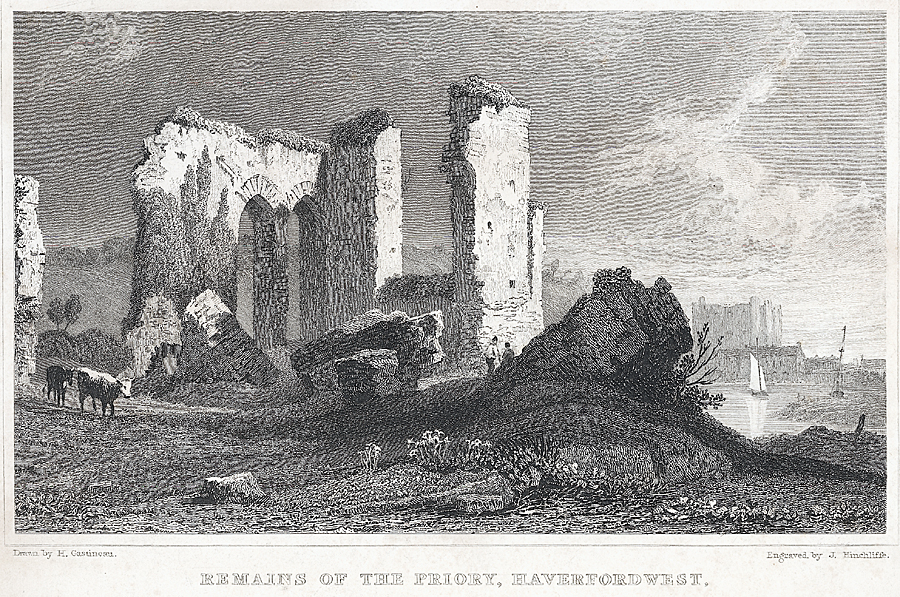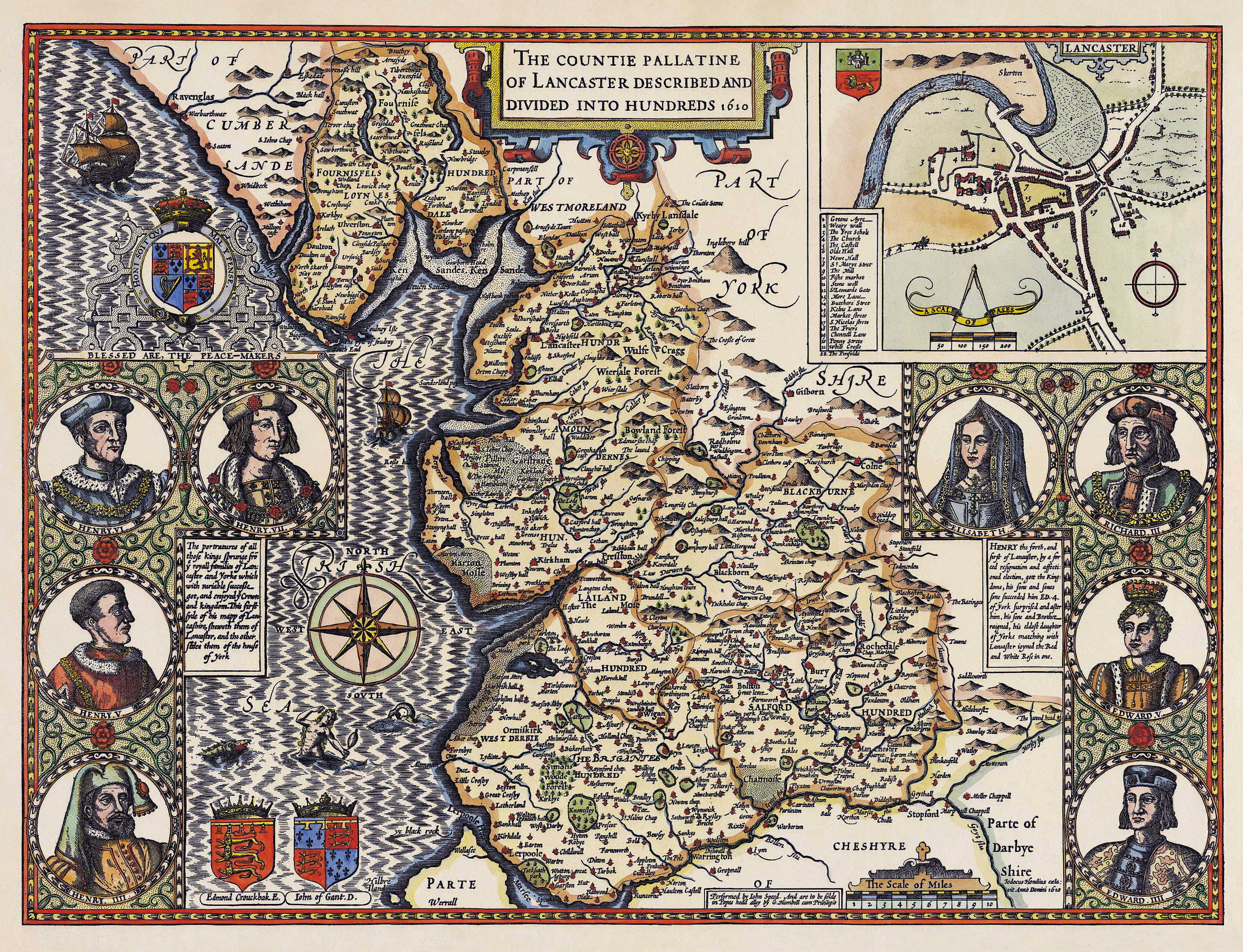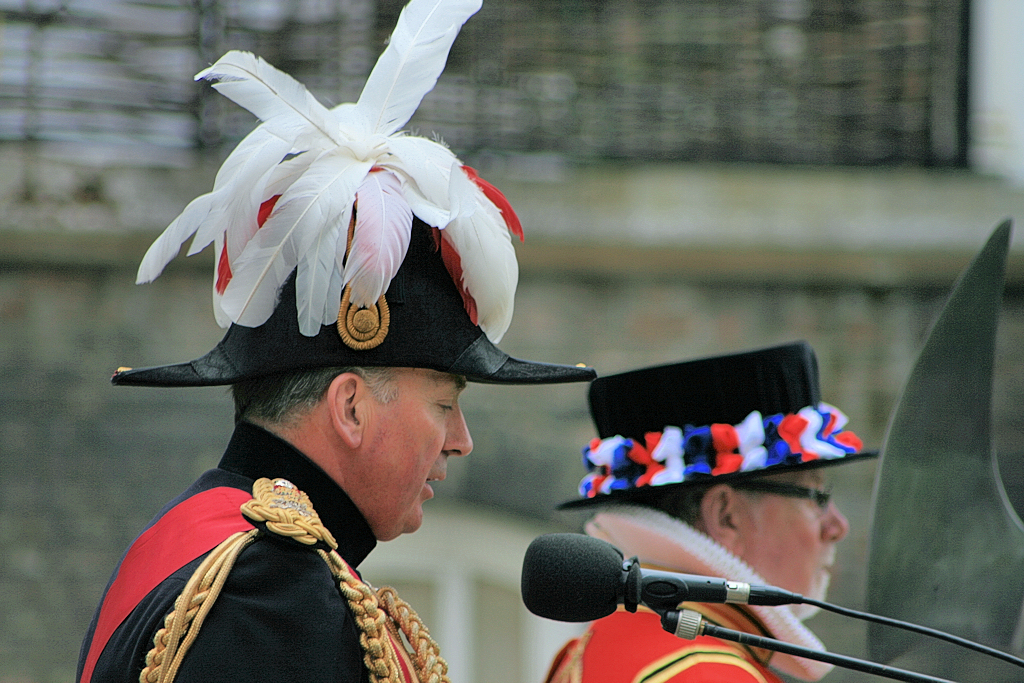|
Lieutenancy
A lord-lieutenant ( ) is the British monarch's personal representative in each lieutenancy area of the United Kingdom. Historically, each lieutenant was responsible for organising the county's militia. In 1871, the lieutenant's responsibility over the local militia was removed. However, it was not until 1921 that they formally lost the right to call upon able-bodied men to fight when needed. Lord-lieutenant is now an honorary titular position usually awarded to a retired notable person in the county. Origins England and Wales Lieutenants were first appointed to a number of English counties by King Henry VIII in the 1540s, when the military functions of the sheriffs were handed over to them. Each lieutenant raised and was responsible for the efficiency of the local militia units of his county, and afterwards of the yeomanry and volunteers. He was commander of these forces, whose officers he appointed. These commissions were originally of temporary duration, and only when t ... [...More Info...] [...Related Items...] OR: [Wikipedia] [Google] [Baidu] |
Lieutenancy Area
Lieutenancy areas are the separate areas of the United Kingdom appointed a lord-lieutenant – a representative of the British monarch. In many cases they have similar demarcation and naming to, but are not necessarily coterminate with, the counties of the United Kingdom. Origin In England, lieutenancy areas are colloquially known as the ceremonial counties, although this phrase does not appear in any legislation referring to them. The lieutenancy areas of Scotland are subdivisions of Scotland that are more or less based on the counties of Scotland, making use of the major cities as separate entities. In Wales, the lieutenancy areas are known as the preserved counties of Wales and are based on those used for lieutenancy and local government between 1974 and 1996 and not the historic counties. The lieutenancy areas of Northern Ireland correspond to the six counties and two former county boroughs. Map Not shown: City of London See also *Historic counties of the United Ki ... [...More Info...] [...Related Items...] OR: [Wikipedia] [Google] [Baidu] |
County Corporate
A county corporate or corporate county was a type of subnational division used for local government in England, Wales, and Ireland. Counties corporate were created during the Middle Ages, and were effectively small self-governing county, county-empowered entities such as towns or cities which were deemed to be important enough to be independent from their counties. A county corporate could also be known as a ''county of itself'', similar to an independent city or consolidated city-county in other countries. While they were administratively distinct counties, with their own sheriffs and lord lieutenant, lord lieutenancies, most of the counties corporate remained part of the "county at large" for purposes such as the county assize courts. From the 17th century, the separate jurisdictions of the counties corporate were increasingly merged with that of the surrounding county, so that by the late 19th century the title was mostly a ceremonial one. History By the 14th century, the grow ... [...More Info...] [...Related Items...] OR: [Wikipedia] [Google] [Baidu] |
Historic Counties Of England
The historic counties of England are areas that were established for administration by the Normans, in many cases based on earlier Heptarchy, kingdoms and shires created by the Angles, Saxons, Jutes, Celts and others. They are alternatively known as ancient counties, traditional counties, former counties or simply as counties. In the centuries that followed their establishment, as well as their administrative function, the counties also helped define local culture and identity. This role continued even after the counties ceased to be used for administration after the creation of Administrative counties of England, administrative counties in 1889, which were themselves amended by further local government reforms in the years following. Unlike the partly self-governing Ancient borough, boroughs that covered urban areas, the counties of medieval England existed primarily as a means of enforcing central government power, enabling monarchs to exercise control over local areas throug ... [...More Info...] [...Related Items...] OR: [Wikipedia] [Google] [Baidu] |
Middlesex
Middlesex (; abbreviation: Middx) is a Historic counties of England, historic county in South East England, southeast England. Its area is almost entirely within the wider urbanised area of London and mostly within the Ceremonial counties of England, ceremonial county of Greater London, with small sections in neighbouring ceremonial counties. Three rivers provide most of the county's boundaries; the River Thames, Thames in the south, the River Lea, Lea to the east and the River Colne, Hertfordshire, Colne to the west. A line of hills forms the northern boundary with Hertfordshire. Middlesex county's name derives from its origin as the Middle Saxons, Middle Saxon Province of the Anglo-Saxon England, Anglo-Saxon Kingdom of Essex, with the county of Middlesex subsequently formed from part of that territory in either the ninth or tenth century, and remaining an administrative unit until 1965. The county is the List of counties of England by area in 1831, second smallest, after Ru ... [...More Info...] [...Related Items...] OR: [Wikipedia] [Google] [Baidu] |
Haverfordwest
Haverfordwest (, ; cy, Hwlffordd ) is the county town of Pembrokeshire, Wales, and the most populous urban area in Pembrokeshire with a population of 14,596 in 2011. It is also a community, being the second most populous community in the county, with 12,042 people, after Milford Haven. The suburbs include the former parish of Prendergast, Albert Town and the residential and industrial areas of Withybush (housing, retail parks, hospital, airport and showground). Haverfordwest is located in a strategic position, being at the lowest bridging point of the Western Cleddau prior to the opening of the Cleddau Bridge in 1975. Topography Haverfordwest is a market town, the county town of Pembrokeshire and an important road network hub between Milford Haven, Pembroke Dock, Fishguard and St David's as a result of its position at the tidal limit of the Western Cleddau. The majority of the town, comprising the old parishes of St. Mary, St. Martin and St. Thomas, lies on the right (wes ... [...More Info...] [...Related Items...] OR: [Wikipedia] [Google] [Baidu] |
Tower Division
The Tower Division was a liberty in the ancient county of Middlesex, England. It was also known as the Tower Hamlets, and took its name from the military obligations owed to the Constable of the Tower of London. The term ‘Hamlets’ probably referred to territorial sub-divisions of the parish of Stepney – and its daughter parishes – rather than to the usual meaning of a small village.Young's guide describes Hamlets as devolved areas of Parishes - but does not describe this area specifically In contemporary terms, the Liberty covered inner East London, the area now administered by the eponymous modern London Borough of Tower Hamlets together with most of the modern London Borough of Hackney (Shoreditch and Hackney proper). The Liberty was seen as synonymous with East London until East London extended further, east of the Lea and into Essex. The Tower Division was formed sometime in the 17th century but the much older administrative units comprising the area were united ... [...More Info...] [...Related Items...] OR: [Wikipedia] [Google] [Baidu] |
County Palatine
In England, Wales and Ireland a county palatine or palatinate was an area ruled by a hereditary nobleman enjoying special authority and autonomy from the rest of a kingdom. The name derives from the Latin adjective ''palātīnus'', "relating to the palace", from the noun ''palātium'', " palace". It thus implies the exercise of a ''quasi''-royal prerogative within a county, that is to say a jurisdiction ruled by an earl, the English equivalent of a count. A duchy palatine is similar but is ruled over by a duke, a nobleman of higher precedence than an earl or count. The nobleman swore allegiance to the king yet had the power to rule the county largely independently of the king. It should therefore be distinguished from the feudal barony, held from the king, which possessed no such independent authority. Rulers of counties palatine created their own feudal baronies, to be held directly from them '' in capite'', such as the Barony of Halton. County palatine jurisdictions were crea ... [...More Info...] [...Related Items...] OR: [Wikipedia] [Google] [Baidu] |
Peers Of The Realm
A peer of the realm is a member of the highest aristocratic social order outside the ruling dynasty of the kingdom. Notable examples are: * a member of the peerages in the United Kingdom, who is a hereditary peer or a life peer * a member of the Peerage of France (from French noble style "pair" in monarchies), of a similar order, as used in ** the Kingdom of France ** the Kingdom of Jerusalem (crusader state) ** the Monarchy of Canada: Canadian nobility in the Peerage of France * nobility proper of the Polish–Lithuanian Commonwealth who enjoyed hereditary ''paritas'': those who would sit by hereditary right in Land Parliaments, or be Royal Electors, enjoy personal immunity, and the right to be judged only by the King's Court or the Court of Peers; also the exclusive right to be granted State or Land dignities and titles. The Skartabelli who were middle-nobility in law were not peers, whilst noblemen who were not direct barons of the Crown but held land from other Lords were n ... [...More Info...] [...Related Items...] OR: [Wikipedia] [Google] [Baidu] |
City Of London
The City of London is a city, ceremonial county and local government district that contains the historic centre and constitutes, alongside Canary Wharf, the primary central business district (CBD) of London. It constituted most of London from its settlement by the Romans in the 1st century AD to the Middle Ages, but the modern area named London has since grown far beyond the City of London boundary. The City is now only a small part of the metropolis of Greater London, though it remains a notable part of central London. Administratively, the City of London is not one of the London boroughs, a status reserved for the other 32 districts (including Greater London's only other city, the City of Westminster). It is also a separate ceremonial county, being an enclave surrounded by Greater London, and is the smallest ceremonial county in the United Kingdom. The City of London is widely referred to simply as the City (differentiated from the phrase "the city of London" by ca ... [...More Info...] [...Related Items...] OR: [Wikipedia] [Google] [Baidu] |
Warden Of The Cinque Ports
The Lord Warden of the Cinque Ports is a ceremonial official in the United Kingdom. The post dates from at least the 12th century, when the title was Keeper of the Coast, but may be older. The Lord Warden was originally in charge of the Cinque Ports, a group of five (''cinque'' in Norman French) port towns on the southeast coast of England that was formed to collectively supply ships for The Crown in the absence at the time of a formal navy. Today the role is a sinecure and an honorary title, and fourteen towns belong to the Cinque Ports confederation. The title is one of the higher honours bestowed by the Sovereign; it has often been held by members of the Royal Family or prime ministers, especially those who have been influential in defending Britain at times of war. The Lord Warden was solely responsible for the return of all writs to the Crown, along with the collection of taxes and the arrest of criminals. His court was held in St James's church, near Dover Castle, and th ... [...More Info...] [...Related Items...] OR: [Wikipedia] [Google] [Baidu] |
Constable Of The Tower Of London
The Constable of the Tower is the most senior appointment at the Tower of London. In the Middle Ages a constable was the person in charge of a castle when the owner—the king or a nobleman—was not in residence. The Constable of the Tower had a unique importance as the person in charge of the principal fortress defending the capital city of England. Today the role of Constable is a ceremonial one and mainly involves taking part in traditional ceremonies within the Tower as well as being part of the community that lives within its perimeter. The Constable is also a trustee of Historic Royal Palaces and of the Royal Armouries. Under the '' King’s Regulations for the Army'', the office of Constable is conferred upon a field marshal or a retired general officer for a five-year term. The Constable appointed in 2022 is General Sir Gordon Messenger. The Constable's ceremonial deputy is the Lieutenant of the Tower of London, currently Sir George Norton; this office is generally entr ... [...More Info...] [...Related Items...] OR: [Wikipedia] [Google] [Baidu] |




